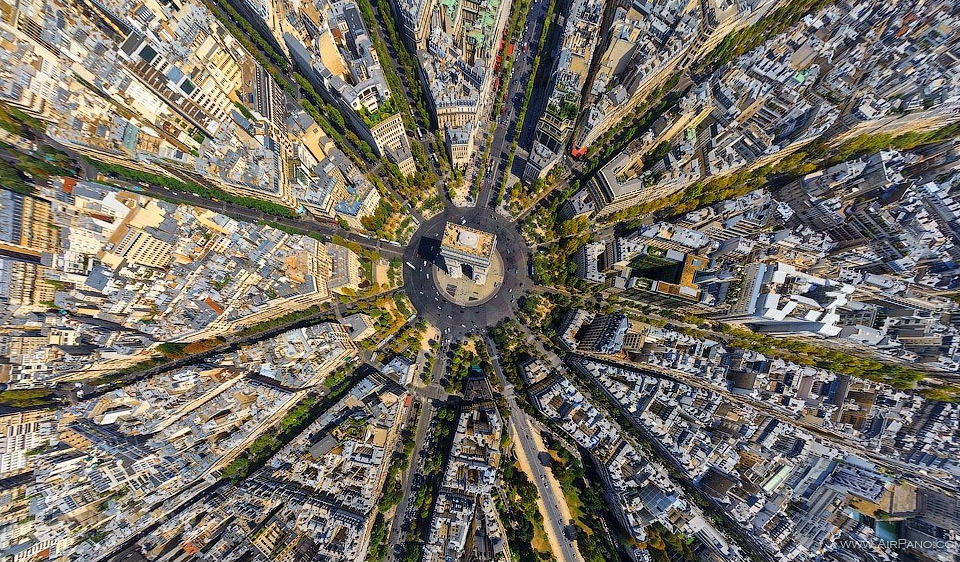
Do you want an easy way to know who uses your pictures without your permission? Here is a guide to using photo search lookup. The photo you create for use on your websites, social media, and other marketing activity is your business’s intellectual property.
You may suspect someone else is using your photos without your permission, and you can use the reverse Image search to examine how and where the photo is being used in other digital properties.
By sharing the pictures with your search engine, then he will go to find others like it. It can be used to find content related to a particular embodiment, in which individual photos are used and how popular they are. It can also be used to find a version modified and changed from a picture.
Now we know what reverse image search, I will explain how to use it.
Usages and Benefits of using this web-based tool
There are four steps that you can search image from your web browser. Before you begin, make sure you’re on Reverseimagesearch.com:
• Drag and drop pictures from your computer into the input box.
• Select the “upload pictures” tab, and select the file you want to search.
• You can also use the URL of the picture. Paste the photo URL in the tab to search for the pictures.
Right-click on the picture available on the internet – you can right-click on any image on the internet and select the “Search Similar Images” option. When you search using a photo search, your results may include:
• Similar images
• Sites that include the picture
• Another measure of the image you are looking for
Reverse image search is available on some browsers. With this photo lookup tool, you can explore many pictures. You can find whether a specific photo belongs to you. And used by someone else without permission.
• Chrome 5+
• Internet Explorer 9 +
• Safari 5+
• Firefox 4+
Access Photo Browsing Tool on Mobile Phone
You can search for images with a couple of taps on your Android smartphone or any iOS device. It is available on Chrome whether you are using an Android smartphone or trying to carry out searches from a desktop.
It is as simple as using the text-based browsing mechanism. All you have to do upload the picture directly from the storage of your handheld device to the official website of this tool. r. In the bar that appears, you can also provide the URL of the image you want to search for.
This latest photo search utility is useful for categorizing the content associated with specific pictures, how popular are, and where they can be found on the web. However, there are multiple other benefits of using an online photo finder for digital marketing purposes. Following are the things which you get using this automated picture finding tool:
• Additional sizes: My first option presented is to seek another measure of the picture.
• Sites with similar content: Option shows both my websites containing digital marketing map. When I click on the link Gartner, it showed me their version of the plan, not ours.
• Visually similar pictures: A third option on the results page displays a visual appearance similar images to the idea that has been sought.
• Pages with images that match: Finally, the result returns a list of sites that include matching pictures to the one that I have been looking for.
Protect your intellectual property
As a results page shows, the reverse picture search provides you with a list of sites that have used your photos; whether they have permission to use it or not. It provides you with an excellent opportunity to build links back to your website.
Where the site in question credit you for the pictures used. Spend a little time checking through the results and ensure the credit has been given where it is due. Photo search applies image processing algorithms to find similar visual data based upon the query.
It is a useful tool to identify who has been using your photos on their website. The results page identifies various visual similar photos that match the query. It finds the results showed similar pictures, but essentially different. This is a violation of your intellectual property.
Wrapping up the Context
By checking the site with the same photo, you can identify the context in which other companies use the image and avoid the same negative connotation. For example, a model that’s the photo search that you use to promote your vegetarian cafe also can be used as a poster boy/girl for a burger restaurant.









